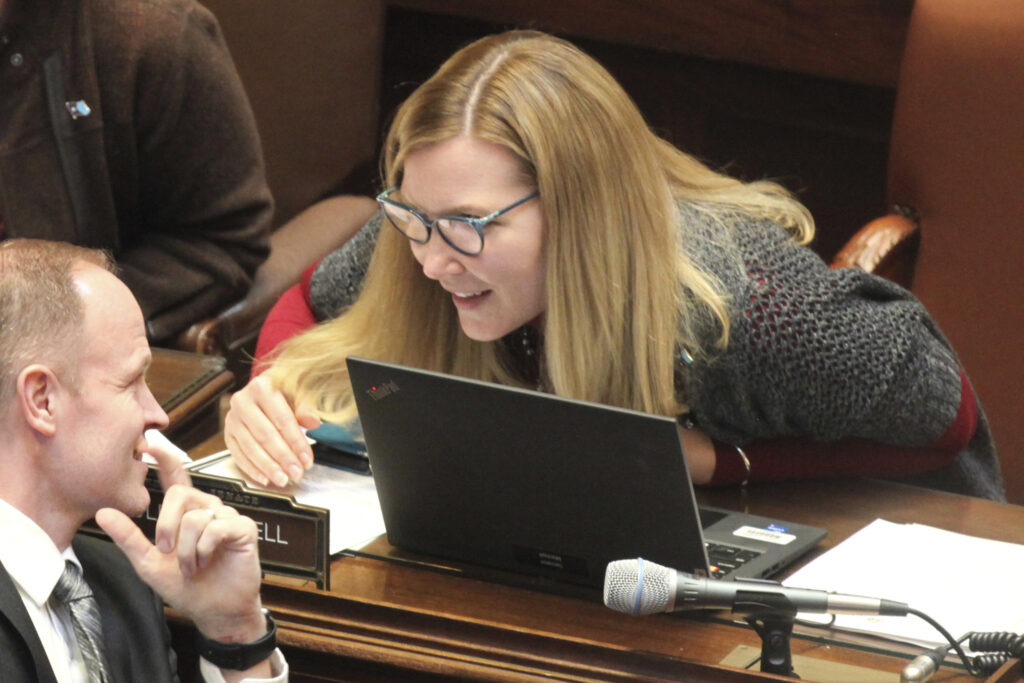What The House ‘Motion To Vacate’ Means For The Speakership And Why Republicans Must Preserve It
Amid all the post-election debate surrounding Republican leadership in the House of Representatives, expect to hear one term on a frequent basis between now and the time the 118th Congress convenes on Jan. 3: the motion to vacate.
Current House Minority Leader Kevin McCarthy, R-Calif., won the vote of House Republicans as the party’s official nominee to become speaker of the House. But several members of the party caucus voted against him in the intra-party vote. Between now and the time the new Congress formally elects its speaker, McCarthy must win over several dozen (i.e., most) of them to obtain the 218 votes necessary to claim that post. And the status of the motion to vacate will provide one of the fissure points, with at least some of the conservatives who voted against McCarthy during the internal vote seeking to change how the motion operates.
Effect of a Narrow Majority
The motion to vacate the chair allows a majority of representatives to vote to topple the speaker and replace that person with new leadership. Some might oppose allowing such a motion because Republicans’ narrow margins — they will likely control no more than 222 votes in the new Congress — could allow Democrats to play procedural games in the minority.
But with such a narrow majority, the opportunity for procedural games exists regardless of the motion to vacate. Assume, for instance, that Republicans end up winning 220 seats in the current Congress, with 215 Democratic representatives.
For the sake of hypothetical, let’s assume that half a dozen Republican seats become vacant, whether due to resignations or deaths, giving Democrats a 215-214 majority. That majority would be both slim and potentially temporary, as special elections would eventually occur in the six vacant seats previously held by Republican representatives. But even without offering a motion to vacate the speakership, Democrats could cause procedural chaos on the House floor. They could defeat rules governing floor debate, adjourn the House whenever they liked, and generally tie the legislative branch in knots.
Using the motion to vacate to effectuate a change in House leadership would prove a much cleaner way to reorganize the House than a prolonged period of parliamentary guerrilla warfare. Alternatively, if one party achieves a slim and temporary majority due solely to vacant seats, leaders in both parties can reach an accommodation to preserve the status quo until those vacancies get resolved via special elections.
As it happens, while vacancies narrowed Democrats’ margin at times during the current Congress, at no point did Republicans have enough seats to take the majority, even temporarily. Outgoing Speaker Nancy Pelosi, D-Calif., will likely resign her San Francisco-based seat shortly after the new Congress convenes, giving Republicans some additional margin for error (albeit temporarily, as a Democrat will almost certainly win the contest to replace her).
The Motion to Vacate Is Still Present
Another important detail surrounding the motion to vacate involves the terminology. Some Capitol Hill reporters have claimed that conservatives want to “restore the
" Conservative News Daily does not always share or support the views and opinions expressed here; they are just those of the writer."





